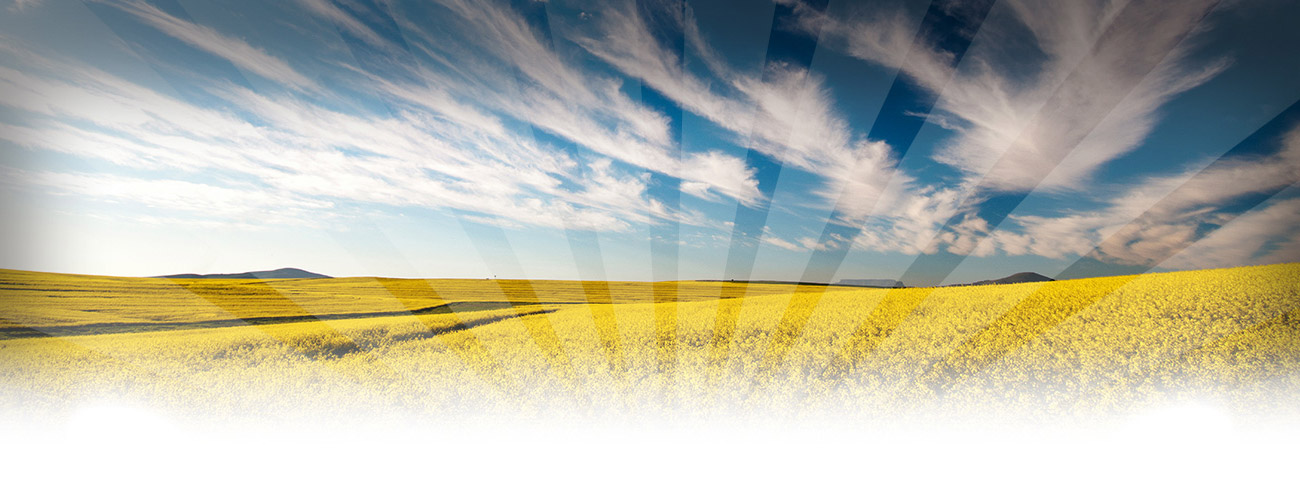

May 2014
Each time a feeding research trial is completed, the world gains a bit more information about how livestock and feed ingredients interact. But, if you have a similar situation in multiple trials, then you might anticipate similar results. For example, a number of feeding studies have been conducted in which more protein in the ration of a dairy cow results in more protein in the milk. But common sense says that at some point, milk production will top out. If that is true, then adding more protein in the ration does not always result in more milk protein.
At other times, results may come as a surprise. You might replace one ingredient in the diet with one that seems to be very similar, but you get very different performance results.
With a meta-analysis, a researcher gathers the results from many studies, in order to determine when desired results will be produced. By combining the results from many similar studies, researchers can predict outcomes more precisely, and better determine what factors interact with each other.
There have recently been three meta-analyses conducted to review various aspects of feeding canola meal to lactating dairy cattle. The analyses were conducted to determine why the results obtained with canola meal (i.e., increased milk production) are so often better than our feed formulators predict.
The first analysis was conducted by Dr. P. Huhtanen and associates from Sweden and published in the Canadian Journal of Animal Science in 2012. In this study, the researchers compared the effects of increasing dietary protein in low-protein diets using canola meal versus soybean meal. They combined results from 122 different studies, and they found that daily milk yield using canola meal was 1.3 kilograms, or 2.9 pounds, greater, on average, than with soybean meal. Milk protein increased by about the same amount with both protein sources. These researchers concluded that the current feed evaluation systems, such as NRC 2011, did not adequately provide values needed for correctly formulating diets with canola meal.
The second meta-analysis on canola meal was published in 2013 in the Journal of Dairy Science by Martineau and coresearchers, a Canadian group. They took a somewhat different approach, and evaluated the effects of substituting other proteins for the same amount of protein from canola meal. They located 27 published experiments in which such a change was made. The combined results clearly showed that milk yield and milk protein yield were improved when canola meal was substituted for other proteins. The responses to canola meal were greater for proteins such as cottonseed meal and corn gluten meal than for soybean meal. These researchers concluded that the NRC model underestimates the value of canola meal protein for dairy cattle.
The third meta-analysis, published in the Journal of Dairy Science by the same group of Canadian researchers who performed the second analysis, was much more specific and investigated whether the response to canola meal could be picked up in the concentration of amino acids in blood plasma. Ten of the original studies selected for the previous analysis contained data on plasma amino acids. The researchers’ conclusion was also very specific: More essential amino acids were absorbed when cows were given canola meal than other proteins. As a result, milk and milk protein yield and plasma amino acid levels are higher with canola meal than the other proteins when fed at the same amount of protein.
Conducting meta-analyses helps researchers complete the circle when it comes to drawing conclusions from research studies, which in turn helps dairy producers and nutritionists choose the ingredients that provide the most value.
The results of these three different meta-analyses show that canola meal improves milk yield when compared to soybean meal and other protein ingredients and results in higher blood plasma amino acid levels.